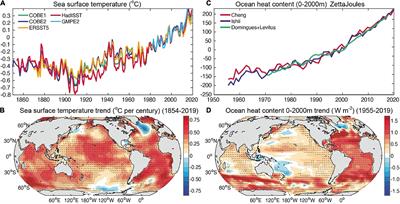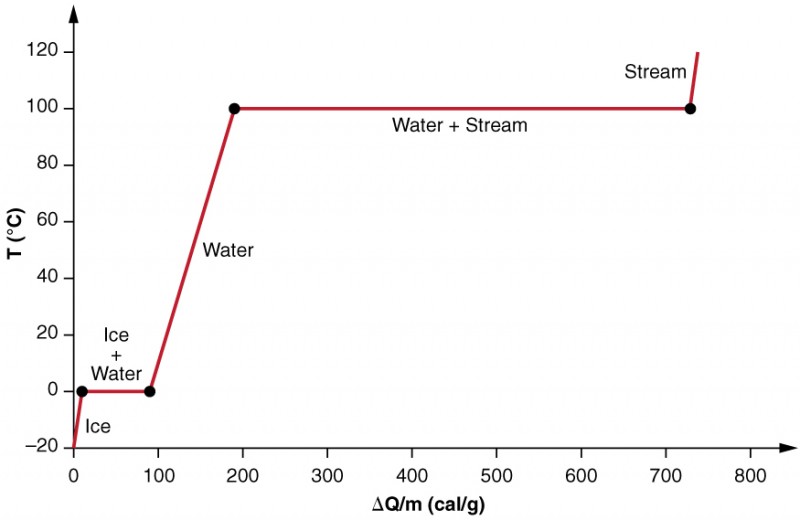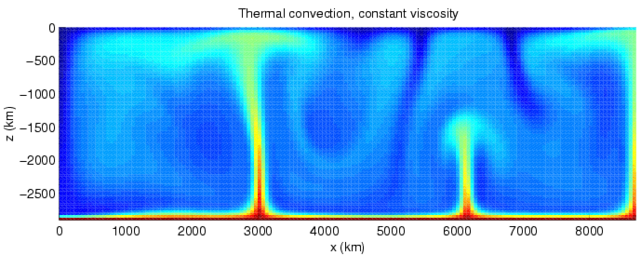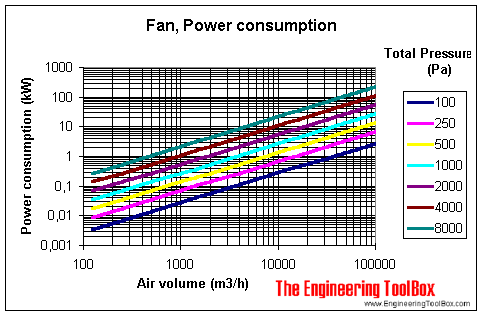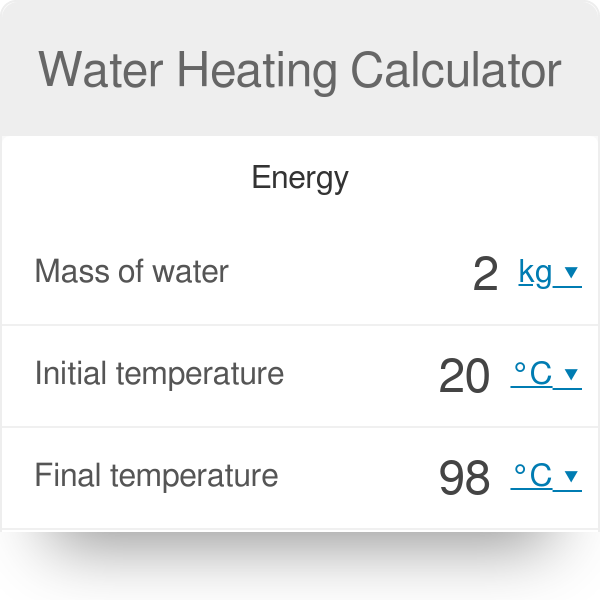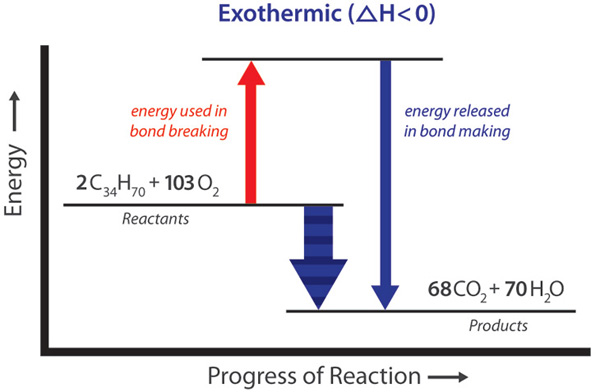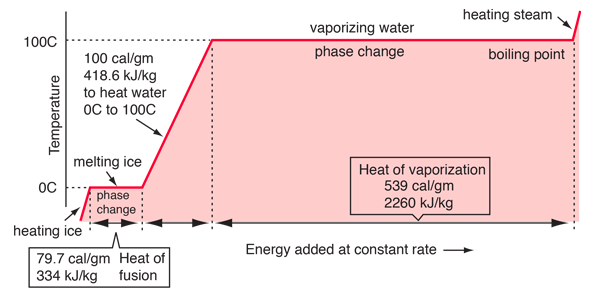GMD - The interpretation of temperature and salinity variables in numerical ocean model output and the calculation of heat fluxes and heat content
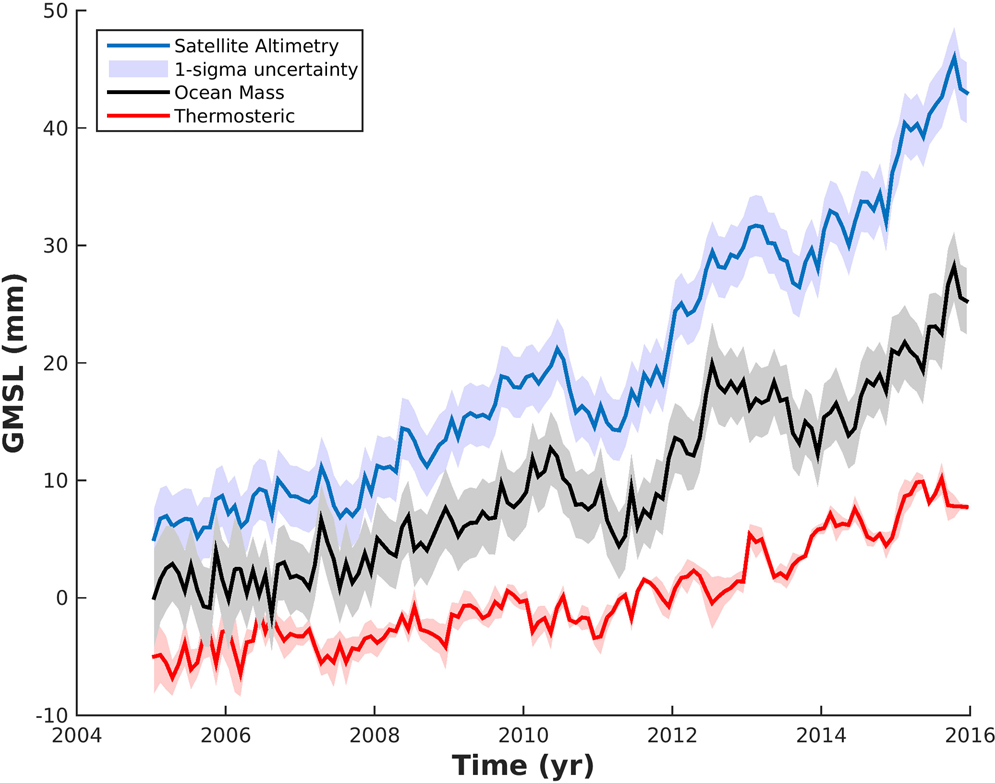
Global ocean freshening, ocean mass increase and global mean sea level rise over 2005–2015 | Scientific Reports

20th century cooling of the deep ocean contributed to delayed acceleration of Earth's energy imbalance | Nature Communications

Question Video: Finding the Specific Heat Capacity of a Substance given the Change in Its Temperature and Internal Energy | Nagwa
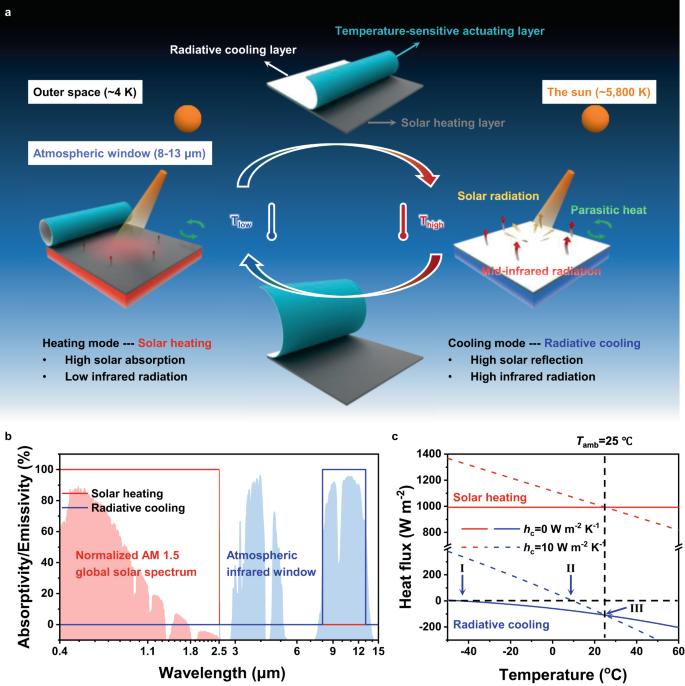
Temperature-dependent dual-mode thermal management device with net zero energy for year-round energy saving | Nature Communications
